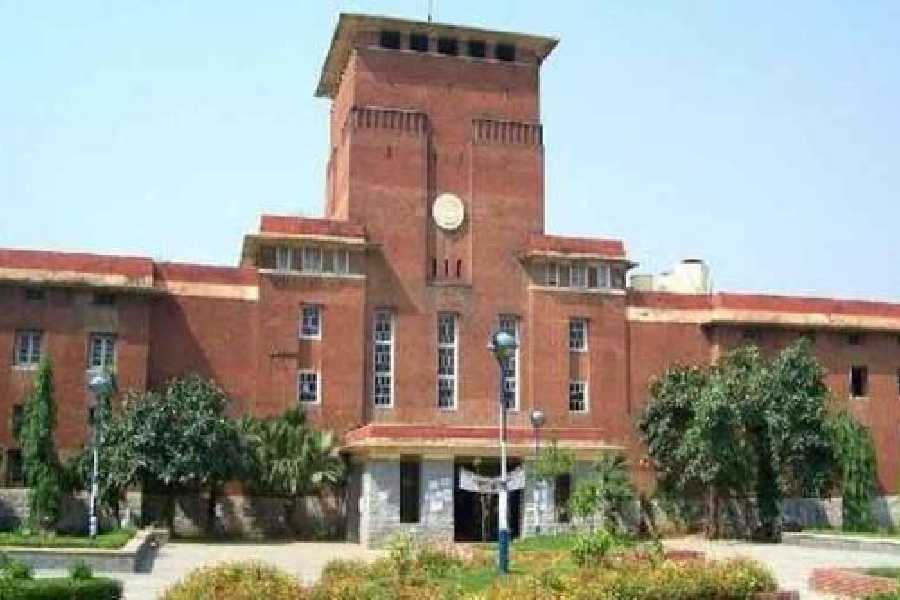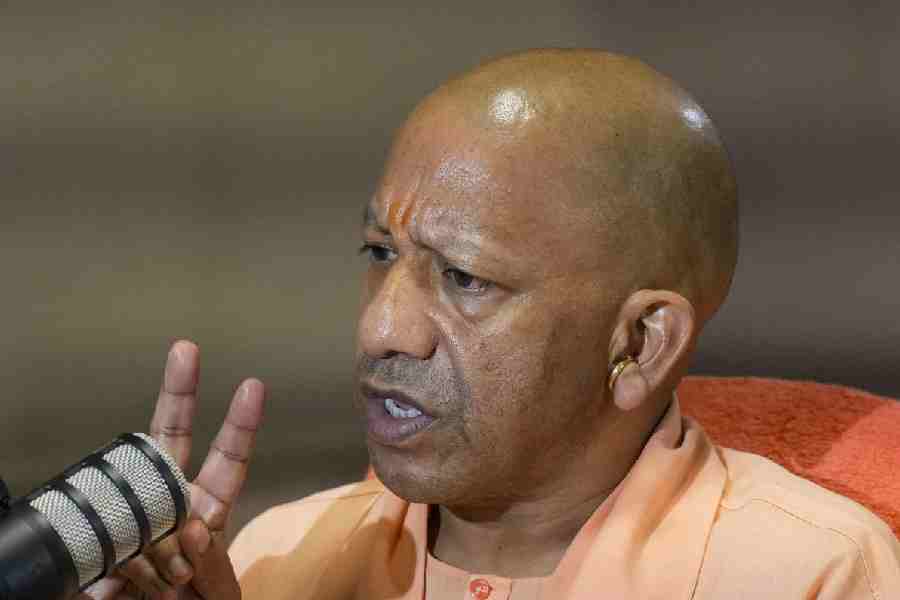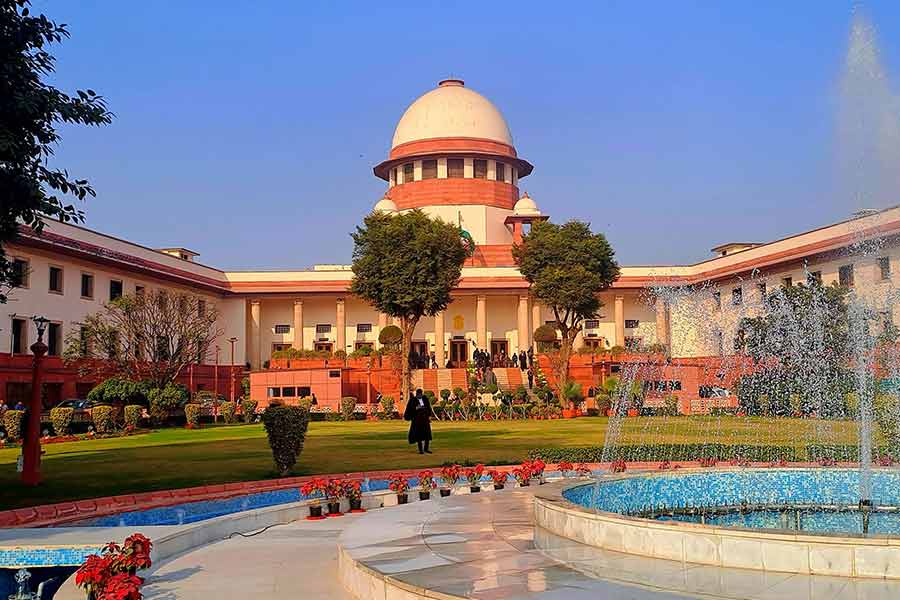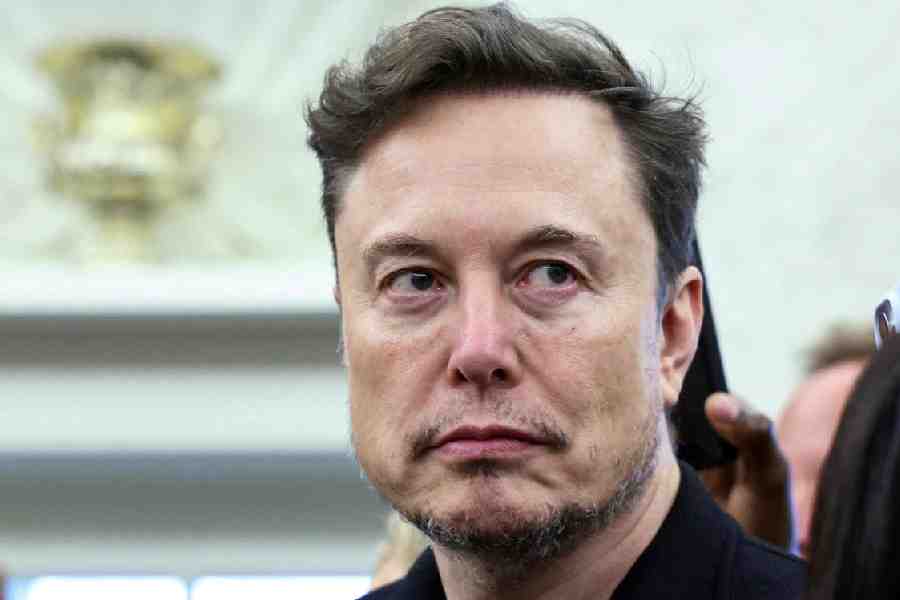The International Monetary Fund has, in its latest prediction about world economic growth, pruned the previous predictions made last October quite sharply. The prediction for India’s economic growth for the current year has been brought down from 6.1 per cent made in October 2019 to 4.8 per cent for the same period, made in January 2020. This is a very large drop of 1.3 percentage points within a period of just three months. It is claimed to be so significant that the chief economist of the IMF, Gita Gopinath, has stated that India is the most important reason for the pruning down of global economic growth rates. This assertion can cut both ways. It is a reflection of the fact that the Indian economy is now big enough to determine the fate of the global economy. On the other hand, it is quite clear how alarming the slowdown really is, cutting predicted growth by 1.3 percentage points.
News from the IMF may be unpleasant, but it drives home the urgency of the need to turn the economy around. It can be done by stimulating private investment, public investment, private consumption and exports. The stimulus could be targeted towards one of the four categories of demand, or focusing on a mix of the four broad classes. Expanding government spending is tricky since the fiscal deficit is already climbing up from targets at a frightening rate. Exports are sluggish with low world demand and the propensity for large economies to indulge in trade wars. It means foreign trade is also unreliable as a stimulus at the present juncture. Private consumption can do the trick of stimulating demand through tax cuts or through cheap credit. The first will have fiscal implications if consumption does not pick up. The second — cheap credit — has not worked well recently, and with rising inflationary pressures, interest rates are set to move north. Moreover, a growth of consumption can ultimately lead to higher inflation if infrastructure bottlenecks are not eased. That leaves only private investment as a durable cure. Private investment stimulates short-term demand by the new orders for plant and machinery. In the long run, private investment also stimulates supply by creating more installed productive capacity. However, investors are now afraid of the immediate future and the possible policies of an unpredictable government. Piyush Goyal’s remark about possible investments from Amazon sends terribly wrong signals to investors. It is time for the government to do some serious homework as to comprehend what exactly is holding private investments down.










